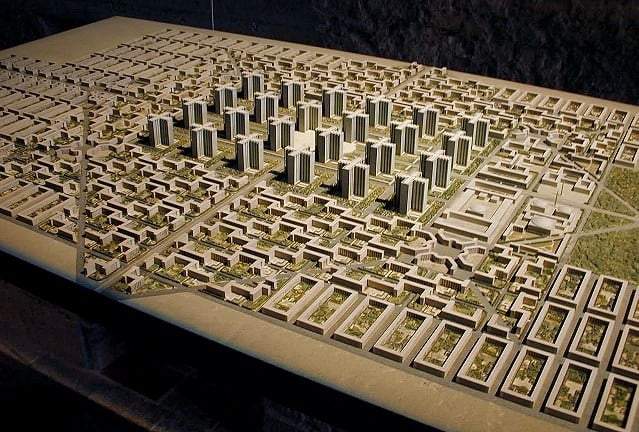Exploring the potential of organic photovoltaics with a zero-energy media interface
Exploring the potential of organic photovoltaics with a zero-energy media interface,
Basel-based architecture studio iart designed the Novartis Pavillon, which features a power-free media façade.
Created in collaboration with Milan-based company AMDL CIRCLE and Michele De Luce of Basel, Switzerland.
The dome-shaped building has been wrapped in a total of 10,000 diamond-shaped solar modules
that combine organic photovoltaic cells and LEDs, giving a shimmering effect to its skin.

According to the design team, the building only consumes as much electrical energy as it is capable of producing.
This is why the team described that the membrane becomes an energy-free media interface.

Design features
The structure extends into the recently opened Novartis Pavillon on the Novartis campus in Basel, Switzerland.
Which illustrates the potential of organic photovoltaics in architecture.
The team created this façade from carbon-based organic solar modules that were custom-manufactured for Novartis Pavillon.
Their design and physical properties make these organic solar modules ideal for use in a dome-shaped Novartis Pavillon.

They can be produced in various shapes and are bendable, transparent and highly sensitive to light,
allowing them to be installed in locations that are not ideally oriented towards the sun.
They also contain less gray energy than silicon solar modules.
What makes it interesting from a sustainability perspective.

The dome-shaped arrangement of the solar modules on the Novartis Pavillon allows the electricity produced to be measured in all directions.
Data collected during the first few months of operation show that the interface produces enough power to display text in the daytime
– when the gallery is open – and digital animation art for up to two hours after sunset.
A comprehensive analysis will also be possible within a few months,
once sufficient data are available.







